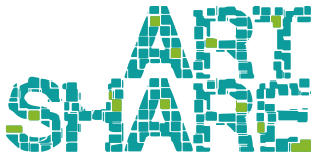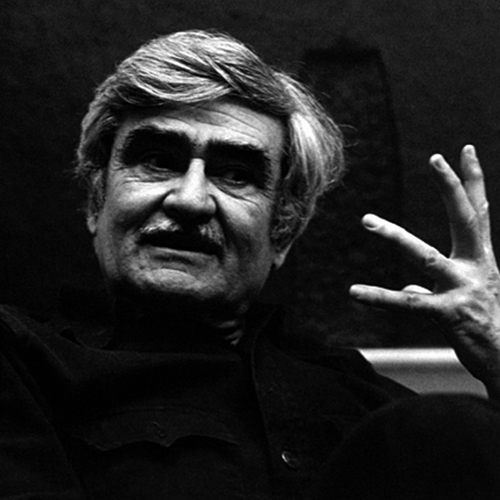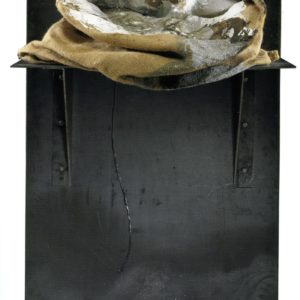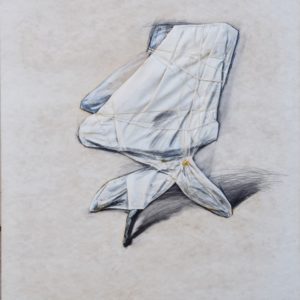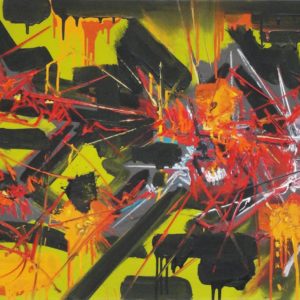Alberto Burri
An exhibition at the Guggenheim of New York on the centenary of his birth crowned him as one of the protagonists of international Art Informel. Alberto Burri (Sansepolcro 1915; Nice 1995) was a military doctor in the Italian army; he was captured by the Americans and taken to a prison camp in Texas, and it was there that he began to dedicate himself to painting and there too that he came across the jute sacking that was to be the distinctive feature of one of his most famous series.
Starting from abstract forms, but already using various materials, stones and earth, between the late ‘40s and early ‘50s he worked out a new form of expression which characterized the series entitled Gobbi (hunchbacks), wooden branches fixed to the back of the canvas to create a swelling effect); the Muffe (molds), where he exploited the efflorescences produced by pumice dust mixed with oil paint, and the Catrami (tars) (where he maintained a pictorial, albeit abstract, aspect). During he ‘50s he made his most famous series, the Sacchi (sacks), canvases painted red or black onto which he fastened cheap-looking, worn-out jute sacks. This innovative artistic expression at first provoked scandal but, inserted into the context of pessimism which followed the Second World War, it became the embodiment of the contemporary social climate.
In 1957 he developed his style by inserting into the works elements which were no longer worn out by “time”, but rather by flames. This time they were cellotex canvases modelled with a blowtorch to produce holes, stretch-marks and singed lumps. At the end of the ‘70s he made the series of Cretti (cracks), giving the material an appearance of dryness, depriving it of water to produce a craclé effect on the surface of the canvas. The Grande cretto of Gibellina belongs to this series, even if it was made with a different technique. It is one of the most important works of Land Art, in which the ruins of the Sicilian town destroyed by the earthquake are covered with concrete shapes that from above look like an enormous craclé which forms a large, walkable labyrinth.
In his last years Alberto Burri returned to more regular shapes, to fields of color which reveal the geometrical basis of all of his work.
The prices for this artist are extremely high, reaching over 10 million dollars. The presence of his works on the market is not always constant and this considerably favors its increase in value.

